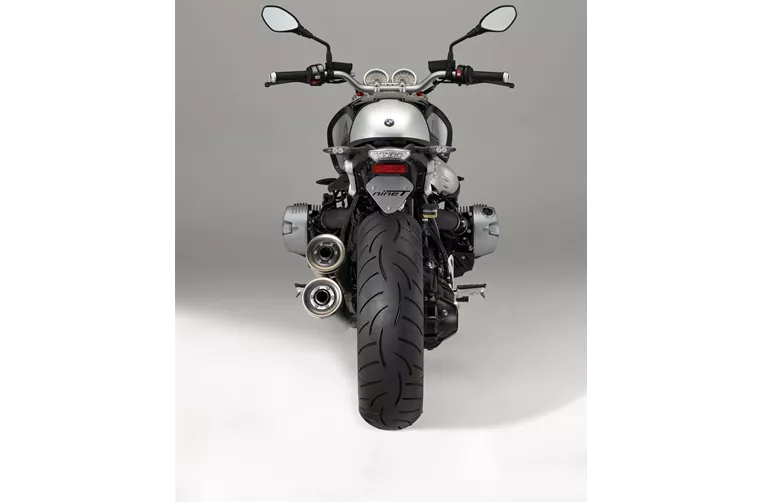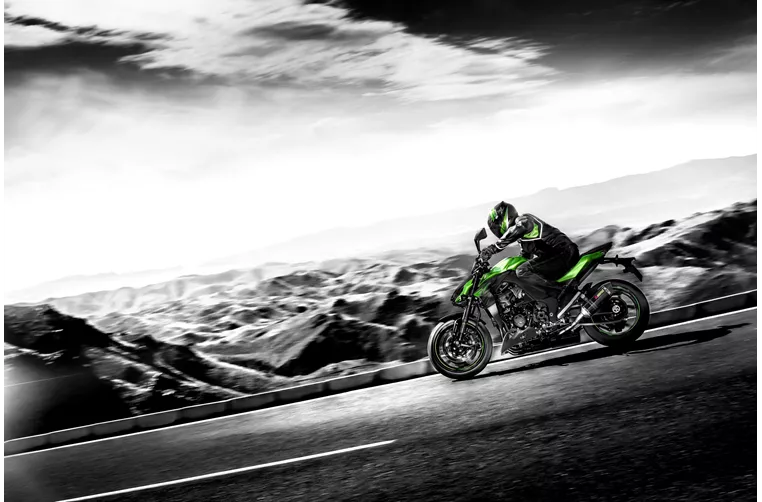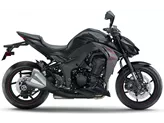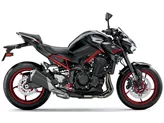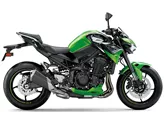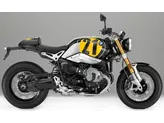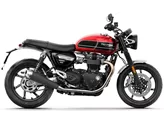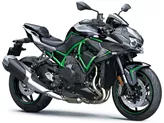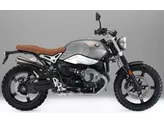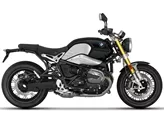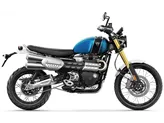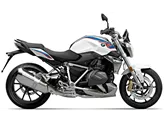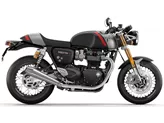BMW R nineT 2020 vs. Kawasaki Z1000 2018
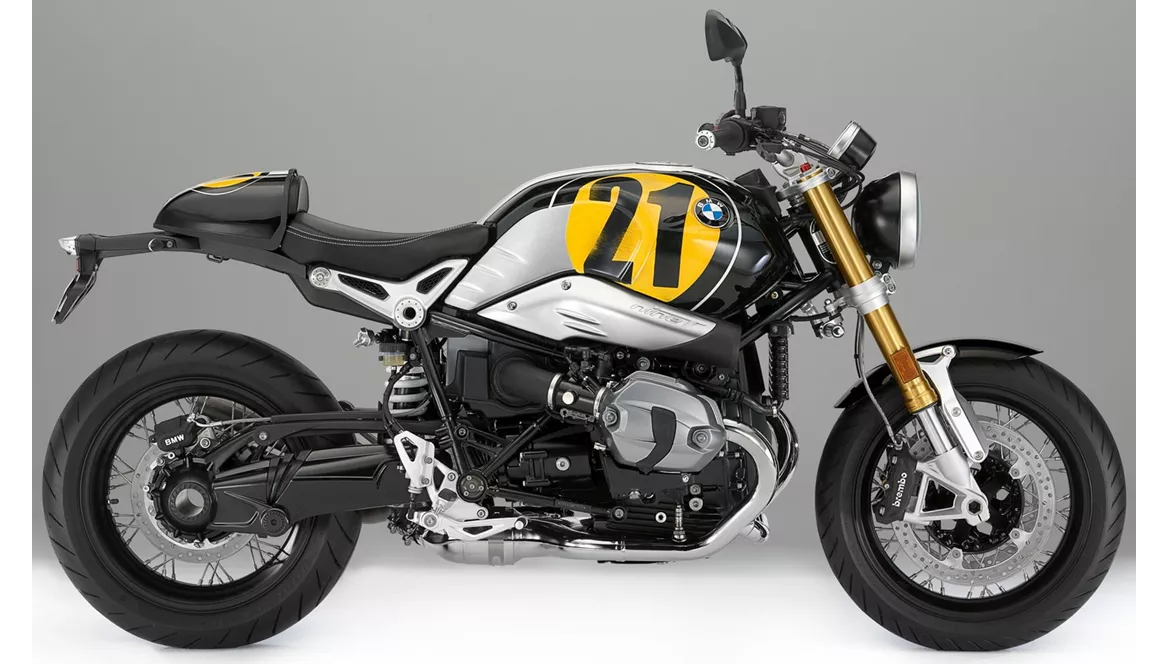
BMW R nineT 2020

Kawasaki Z1000 2018
Overview - BMW R nineT 2020 vs Kawasaki Z1000 2018
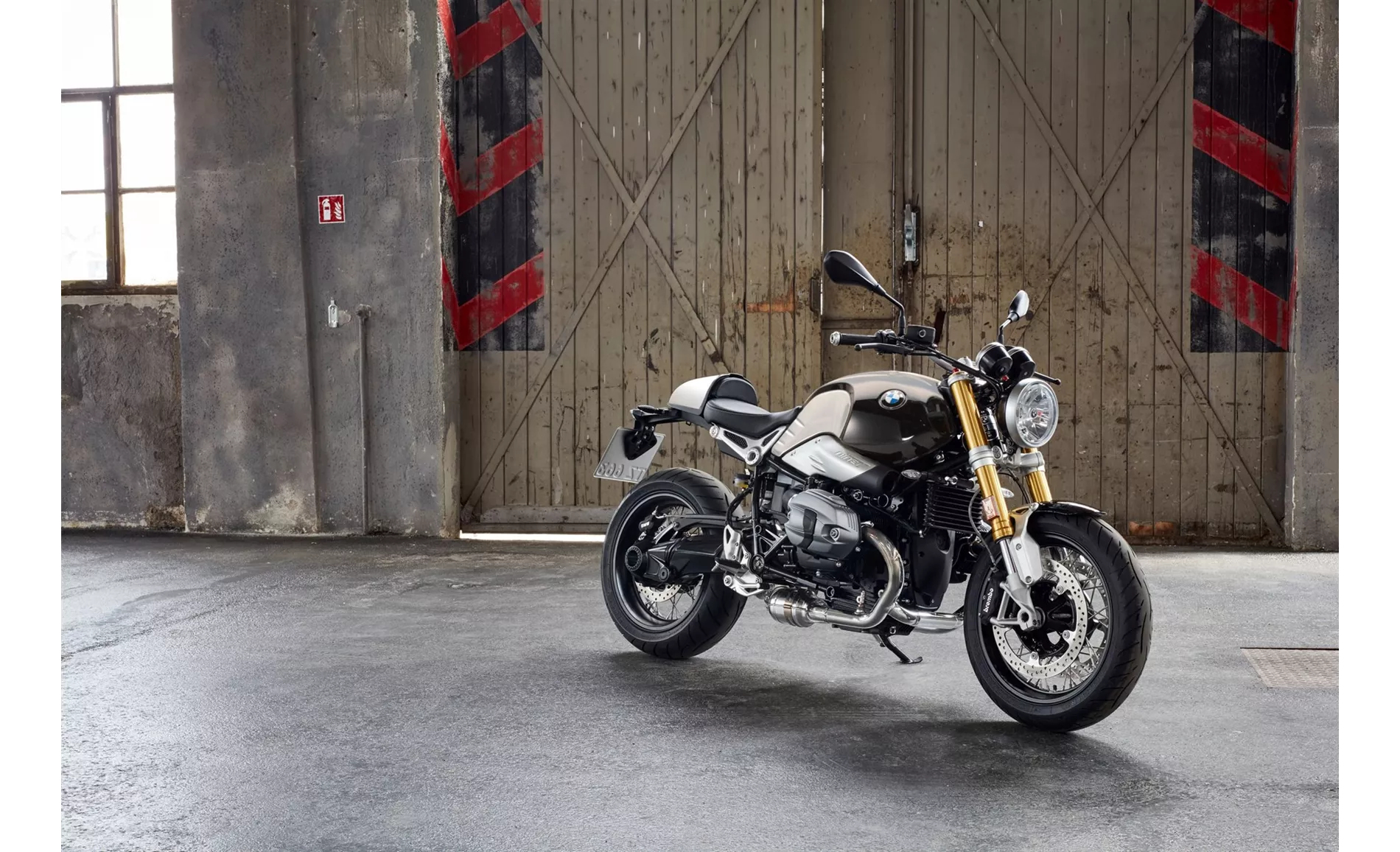
BMW R nineT 2020
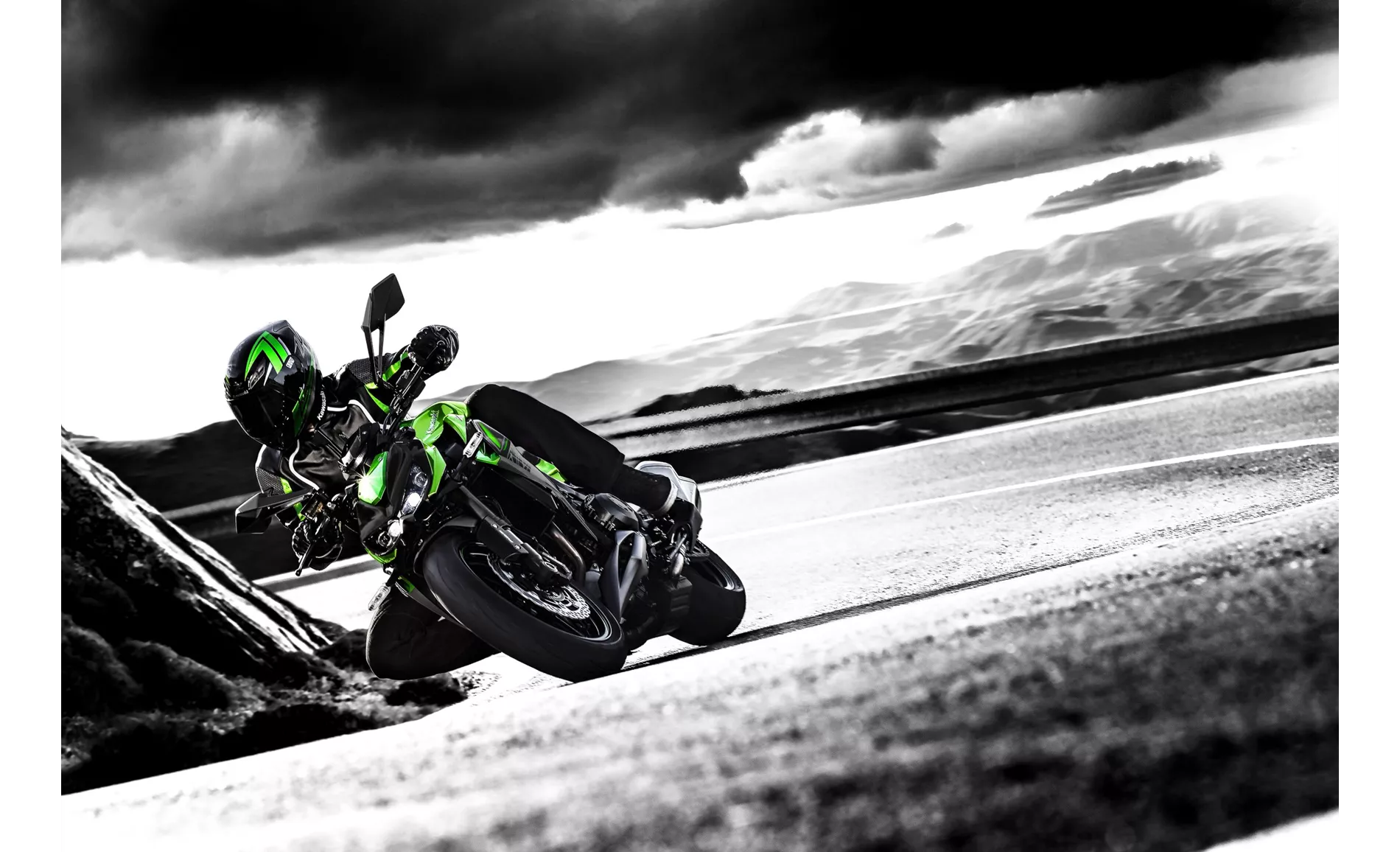
Kawasaki Z1000 2018
Technical Specifications BMW R nineT 2020 compared to Kawasaki Z1000 2018
Pros and Cons in comparison
Pros and Cons in comparison
BMW R nineT 2020
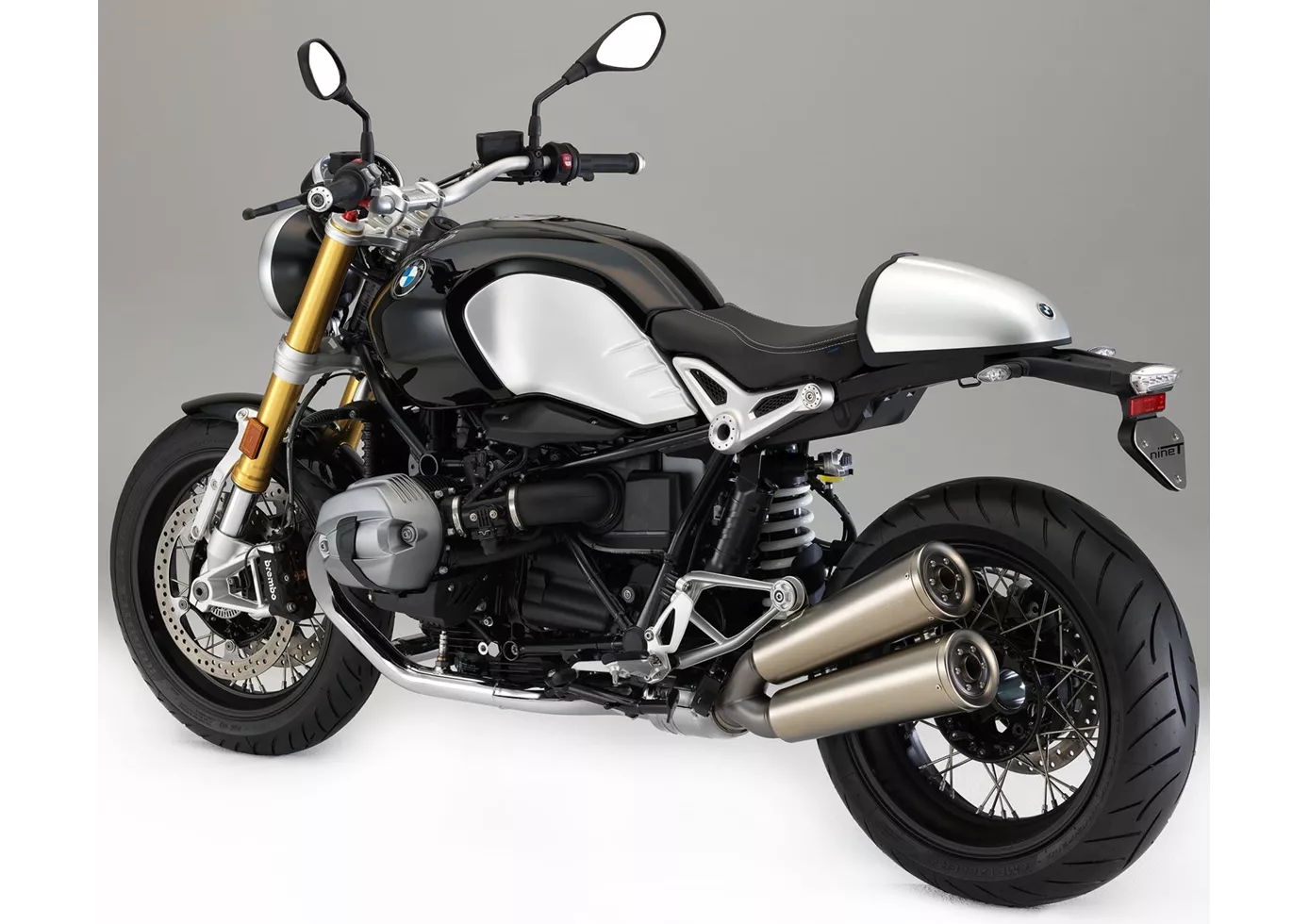
What more can be said about the BMW R nineT? Since its release in 2014, it has been a real perennial favourite in the customising scene and also at BMW itself. Its ingredients, however, are of very high quality and explain why the result is so coherent. The boxer engine, full of character, is a real joy every time you pull the throttle and, thanks to the wonderful sound, it never gets boring in the long run. Despite the relatively high weight, the BMW is pleasant to ride thanks to the high-quality chassis and finds a balanced mixture between cruiser and sporty naked bike. The look is of course a matter of taste, but the sales figures suggest that BMW must have done something right. And even if you don't like the standard look, accessories are a dime a dozen.
Kawasaki Z1000 2018
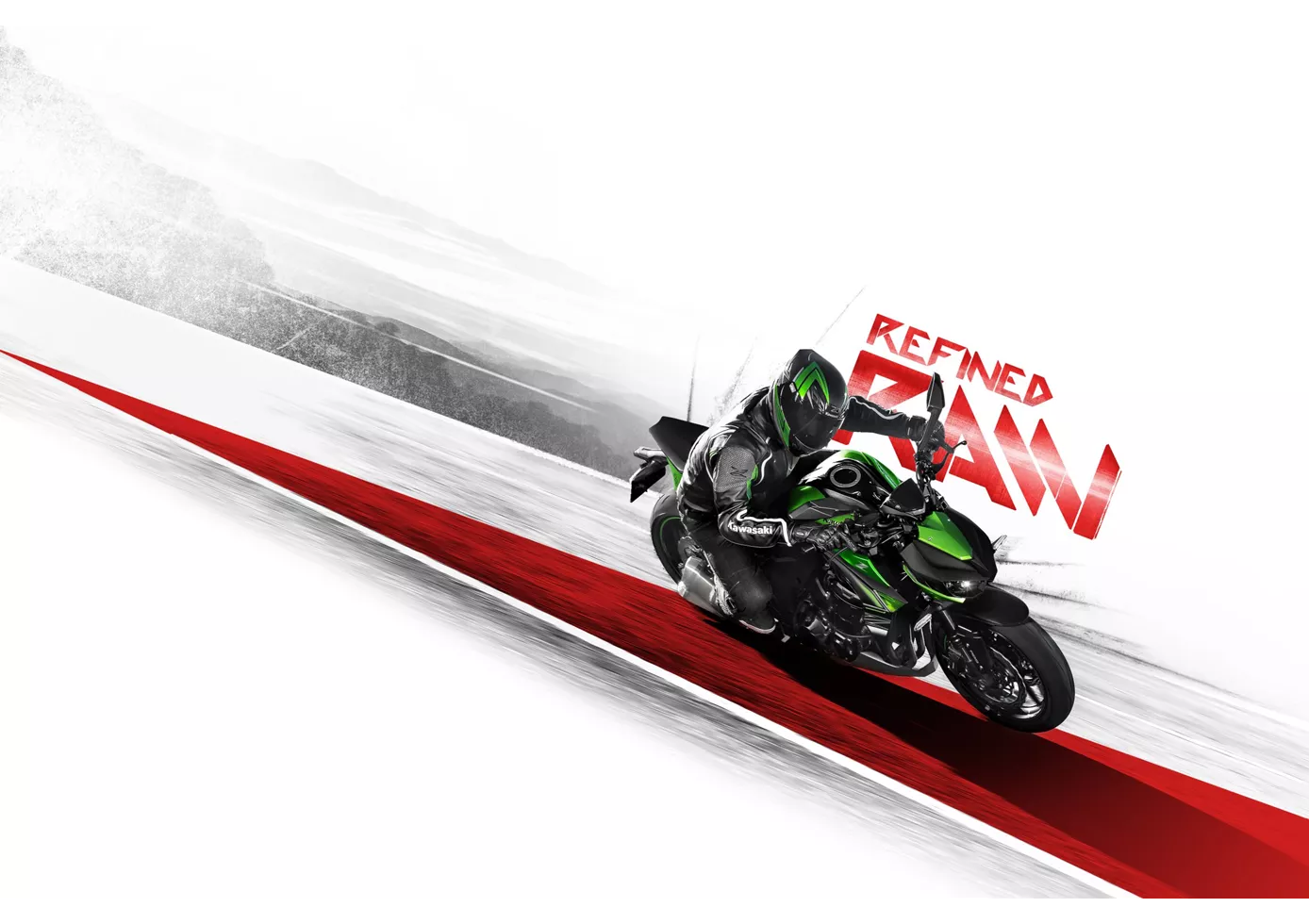
The Kawasaki Z1000 (2014) is a statement against the electronic trend of its time - and that is exactly what makes it special today. Its characterful four-cylinder engine, mechanical directness and uncompromising focus on the essentials strike a chord in a time when many bikes have become rolling computers. Yes, it does without modern Advanced Rider Assistance Systems and perfect wind protection. But it offers an authentic naked bike riding experience, paired with Japanese reliability and reasonable maintenance costs. The Z1000 is not a bike for data sheet junkies or electronics fans - it is a bike for people who still want to make their own decisions when rider. An honest bike with character that continues to inspire even after years and more than fulfils its role as an emotional alternative to the digital modern age.
